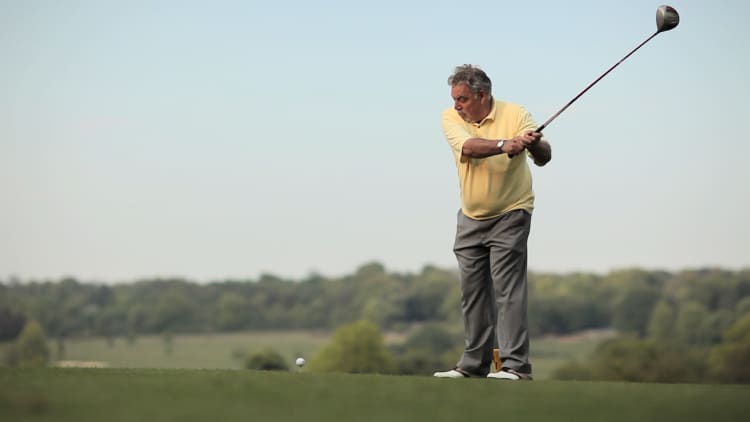Knowing whether you're an early bird, night owl or somewhere in between can help you optimize your productivity throughout the day.
"All times of day are not created equal," bestselling author Daniel Pink tells CNBC Make It. "Our performance varies considerably over the course of the day, and what task to do at a certain time really depends on the nature of the task. If we look at the evidence, we can be doing the right work, at the right time."
In his new book, "When: The Scientific Secrets of Perfect Timing," Pink examines the science of timing and how it shapes our behavior. He distills the latest research — from economics and social psychology to linguistics and molecular biology — to offer key takeaways on how to rework your day to be more successful.
Based on the findings of chronobiology, the study of our natural daily physiological rhythms, Pink says we all abide by a "hidden pattern of daily life" that affects our moods and, thus, our performance at work.
In a single day we go through three stages, Pink explains. This is what it looks like for most people:
- Peak: our mood rises in the morning
- Trough: our mood declines in the early to mid-afternoon
- Recovery: our mood boosts back up in the early evening
Other people experience their day in the reverse set of stages: recovery, trough and peak.
The order in which you experience these stages depends on your chronotype, or your personal pattern of circadian rhythms, which determines if you're a "lark" (morning person), an "owl" (evening person), or a "third bird" (somewhere in the middle).
According to Pink, our corporate, government and education systems are designed to benefit the 80 percent of people who are larks or third birds. Owls, on the other hand, don't work as well in the typical 9-to-5 workday.
Knowing your chronotype, Pink says, is the secret to becoming a high performer.
Here's a simple exercise Pink shares to help determine if you're a lark, owl or third bird:
- Figure out the midpoint of your sleep cycle on what are called "free days," the days when you don't have to wake up to an alarm clock. This will most likely be on your days off or during the weekend.
- If your midpoint of sleep is 3:30 a.m. or earlier, you're probably a lark.
- If your midpoint of sleep is 5:30 a.m. or later, you're probably an owl
- If your midpoint is somewhere in between, you're probably a third bird
For larks and third birds, the morning is the best time to do analytical work that requires head-down, focused attention, such as strategizing, analyzing a financial statement or writing a report.
"That's the time of day we are vigilant and able to knock away distractions," Pink says.
For these larks and third birds, the trough marks a bad time of day to be productive. According to Pink, the afternoon trough can be detrimental to the quality of performance in different fields: test scores go down, there's a rise in medical errors and a decline in hand-washing, and there are more car accidents between 2 p.m. and 4 p.m. than almost any other time of the day.
The chart below can help you figure out the best time of day to do different types of tasks, according to Pink's assessment of chronotypes.
Regardless of your chronotype, Pink says the trough — when your mood is low — is the best time to do more administrative work or "routine garbage," such as answering emails and filling out expense reports.
During recovery, which is later in the day for most people, our mood has boosted back up but you're less vigilant, Pink explains.
"This combination of enhanced mood while being less analytical makes a good time for brainstorming and creative work," he says.
The reverse, of course, applies to owls. They are better off making important decisions and doing analytical work in the afternoon and evening, for example.
Pink notes that chronotypes can change over time: children tend to be larks, while teens and young adults often become owls and then return to being larks later. "It's not quite as fixed as your height is, but it's strongly biological," he says.
And it pays to pay attention to your natural type and make adjustments where necessary.
"Time of day explains the 20 percent variance between who is performing well and who is not," Pink says. "Understanding this hidden pattern can allow you — or allow your boss to allow you — to do the right work at the right time, which will allow you to boost your creativity and boost your productivity."
Like this story? Like CNBC Make It on Facebook.
Don't miss:



